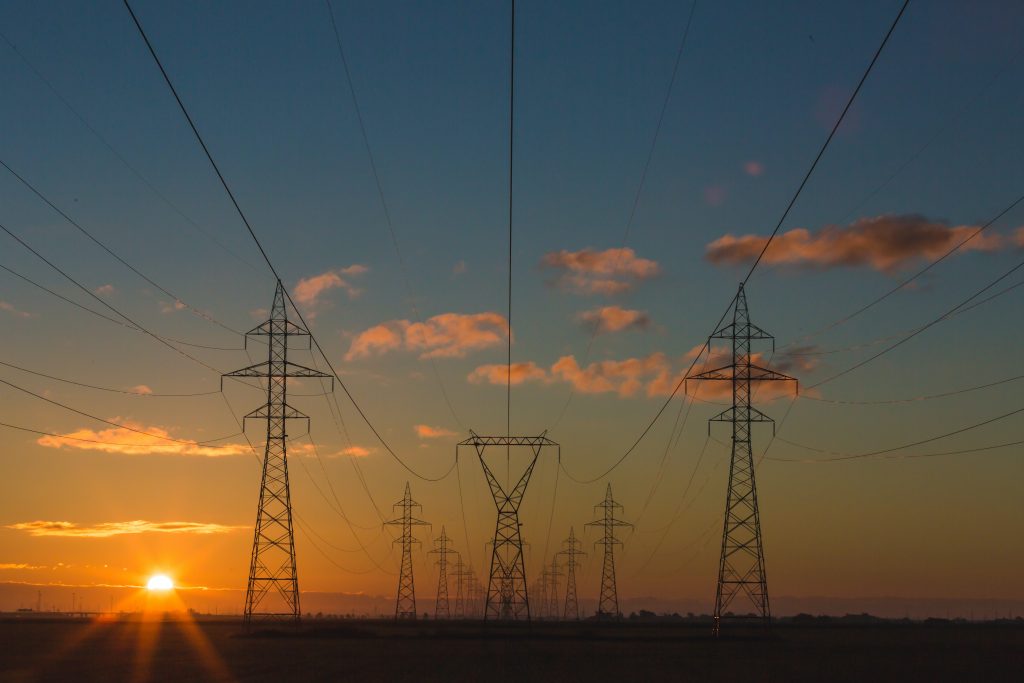With stormy weather expected to roll through the province this summer, Ontario’s Electrical Safety Authority (ESA) has tips on how to stay safe around overhead power lines, whether the sun is shining or rain is falling.
Patrick Falzon, power line safety specialist at ESA, said the number one tip to remember is to stop, look and live. In other words, it’s crucial for Ontarians to be aware of their proximity to power lines and ensure they’re staying a safe distance away. For downed power lines, people should always remain at least 10 metres, or the length of a school bus, away from the lines, he said. But even when the power lines are in normal working order, it’s important to stay back.
“When it comes to overhead power lines, no matter the task you’re completing, always keep yourself and your tools at least three metres away from them,” Falzon said. “Always remember that you don’t have to make direct contact with an overhead power line to receive a shock. Electricity can arc or jump if you get close enough to the actual equipment.”
In the summer and fall, property owners should survey their trees to see if any of them are growing too close to the power lines. If they are, it’s important to contact the utility provider or a utility arborist, depending on who owns the wires, to clear the potential hazard. Another risk to watch out for are low hanging power lines caused by sagging or broken tree branches, especially after storms and high winds.
The ESA has seen an increase in property owners bringing down power lines while attempting to remove a tree limb or the tree itself, Falzon said. Downed power lines can electrify the ground and other objects they touch. In fact, an Ontario resident died last year after approaching a car with downed power lines laying over it.
A vehicle caught fire and the victim tried to put it out with an extinguisher, and even though he never touched the car, he was electrocuted by the ground around it. In the last 10 years, there have been 18 power line related fatalities from motor vehicle accidents, downed power lines, and tools or equipment coming in contact with the overhead power lines.
“If you are involved in a motor vehicle accident [involving power lines], the number one thing to remember here is always tell the occupants of the vehicle to stay in the vehicle and wait until 911 and the local utility come to make it safe,” Falzon said. “There is no hazard to the occupants of the vehicle if they remain in the vehicle.”
If an emergency such as a fire arises and the occupants need to get out of the car, it’s essential that they avoid touching the vehicle and the ground at same time. Falzon recommends jumping out and landing with both feet together on the ground. Once outside the car, shuffle heel to toe or hop with both feet together to a distance of 10 metres.
While car accidents involving power lines may not be something many Muskoka residents experience, lots of families have kids running around in the summer sun. With the curiosity of children in mind, Falzon said parents should be sure to teach their kids the basics of power line safety while also watching for hidden hazards. A few years ago, a boy in Ontario received serious shocks and burns after coming into contact with unseen wires while climbing a tree.
“Before the children climb the tree, look out for those hidden dangers, such as the power lines going through the tree,” Falzon said. “Unfortunately, the power lines have been there for years and then the trees grow and actually cause the wires to be hidden, so it’s just a con to remember, before doing any kind of exploring, to look out for those hazards.”
The ESA offers a wealth of information on their website for everything from home and storm safety to occupational safety for people working in electrical-related fields. No matter the circumstance, Falzon wants to remind Ontario residents that live wires won’t necessarily spark or show other signs of being live.
“It doesn’t have to be arcing away or jumping around like a snake,” Falzon said. “Basically a wire can actually sit on the ground and it appears to be de-energized when in fact it can be energized. They do call electricity the silent killer, so you don’t see and you don’t hear electricity.”
For more tips on power line safety, visit the ESA’s website.
